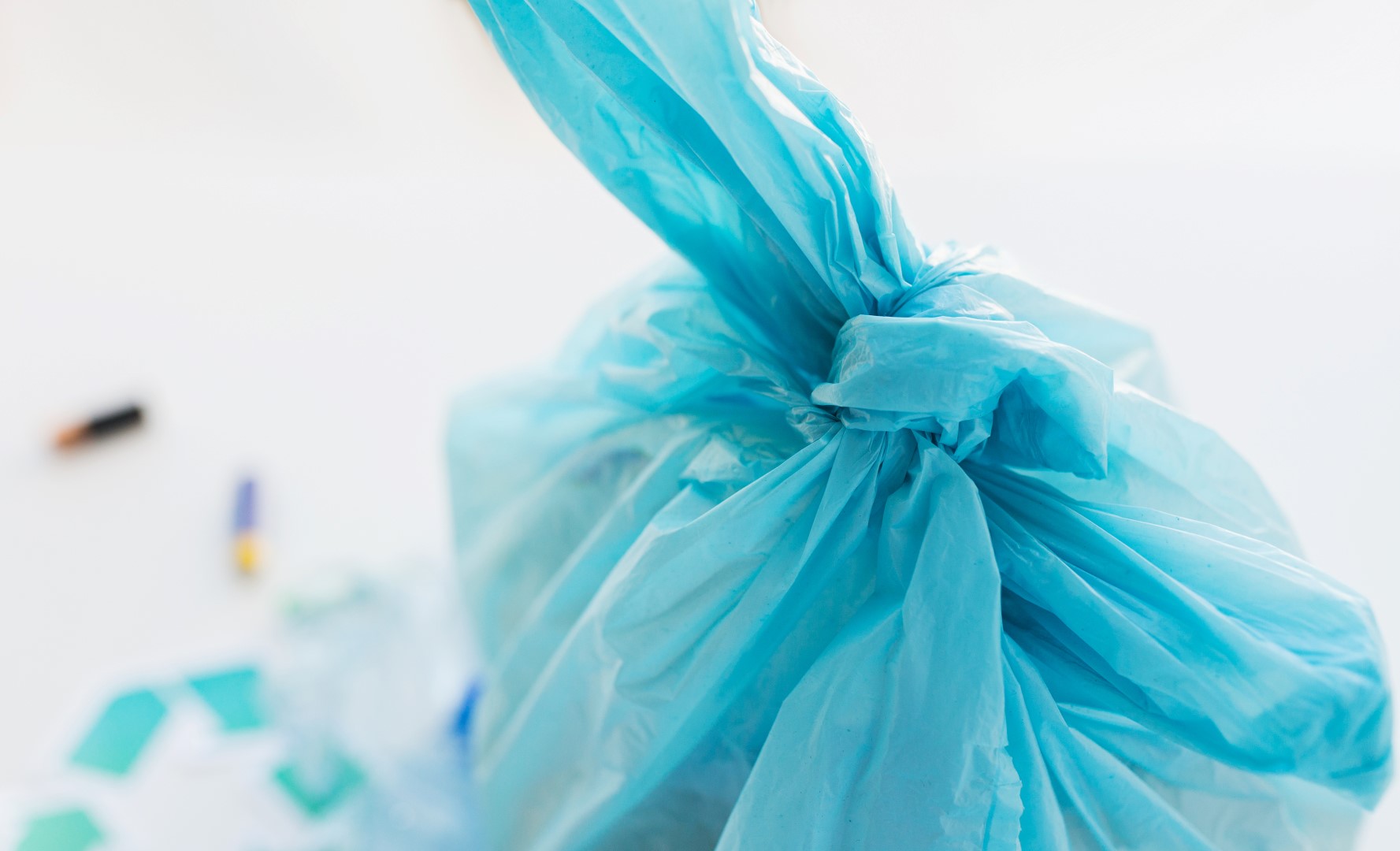Although the use of lead in most materials is a thing of the past, there are still plenty of items that contain this toxic metal. When it comes time to dispose of these items, you can’t simply throw them in the trash and send them off to the local landfill. When you dispose of lead materials improperly, the lead can leak into the groundwater and contaminate it.
Another problem is that when you do not dispose of lead materials following the proper guidelines, it heightens the risk that people may suffer from long-term lead exposure; thus, creating a health hazard. This guide will help you understand how to dispose of these items the proper way.
Common Lead Articles Used in the Medical Field
In the medical field, one of the most common diagnostic tools, x-rays, use lead rather frequently. Since an x-ray’s radiation cannot penetrate lead, x-ray technicians use lead aprons to protect themselves harmful x-rays. These aprons also help isolate areas on the patient’s body as well as protect sensitive areas. X-ray film itself also uses lead so the radiation does not penetrate past the film to allow the picture of the specific area to show up.
Medical facilities that need to dispose of these materials have three options:
- They can contact their local landfill to see if they accept these materials. Some landfills will accept lead aprons if there are no cracks or tears in them.
- Contact a recycling company. Certain recycling companies deal with lead based products and recycle the lead for use in things like new aprons.
- Turn them over to a hazardous waste company. Since many municipalities have regulations that deal with lead disposal, you may have to look for a licensed hazardous waste carrier to handle lead waste properly.
Remodeling Homes
Homes built after 1978 should not have any traces of lead paint in them since that was the year that the US government prohibited lead-based paint. However, older homes may have lead paint still on the walls. Someone may have painted over it a few times, but the lead can still seep through those layers of paint.
If you are remodeling a home that pre-dates 1978 you may need to check your local laws regarding waste disposal. Most residential remodeling allows you to treat these materials as general waste that you can send to the landfill, but again some areas may not permit this so it is important to check before you throw contaminated materials in the trash.
When it comes to commercial remodeling, the laws are different. If there is a possibility that lead-based paint has contaminated the waste in the form of paint chips, dust, or sludge you must treat it as toxic waste unless an analysis of the waste material shows that it is under the threshold of acceptable levels. Testing requires that you send a sample of the material to an accredited testing laboratory.
Guidelines for obtaining a sample for testing need to adhere to the ATSM standard guide for sampling waste piles. Workplaces that deal with possible lead contamination are also required to post notices according to the EPA.
Regardless of the type of remodeling job, you need to take precautions when it comes to dealing with the possibility of lead exposure. The Minnesota Department of Health provides some excellent guidelines for dealing with waste that is possibly contaminated.
Despite regulations to protect against the use of lead, many household items contain lead. Toys, jewelry, and other items made with lead are frequently recalled due to consumer protection acts. If you suspect that you have items in your home that possibly contain lead in them, you can dispose of them properly by checking for a recycling location that handles these materials. The site, Earth911, allows you to search for locations near you that handle lead products along with other hazardous materials so you can dispose of them properly.


